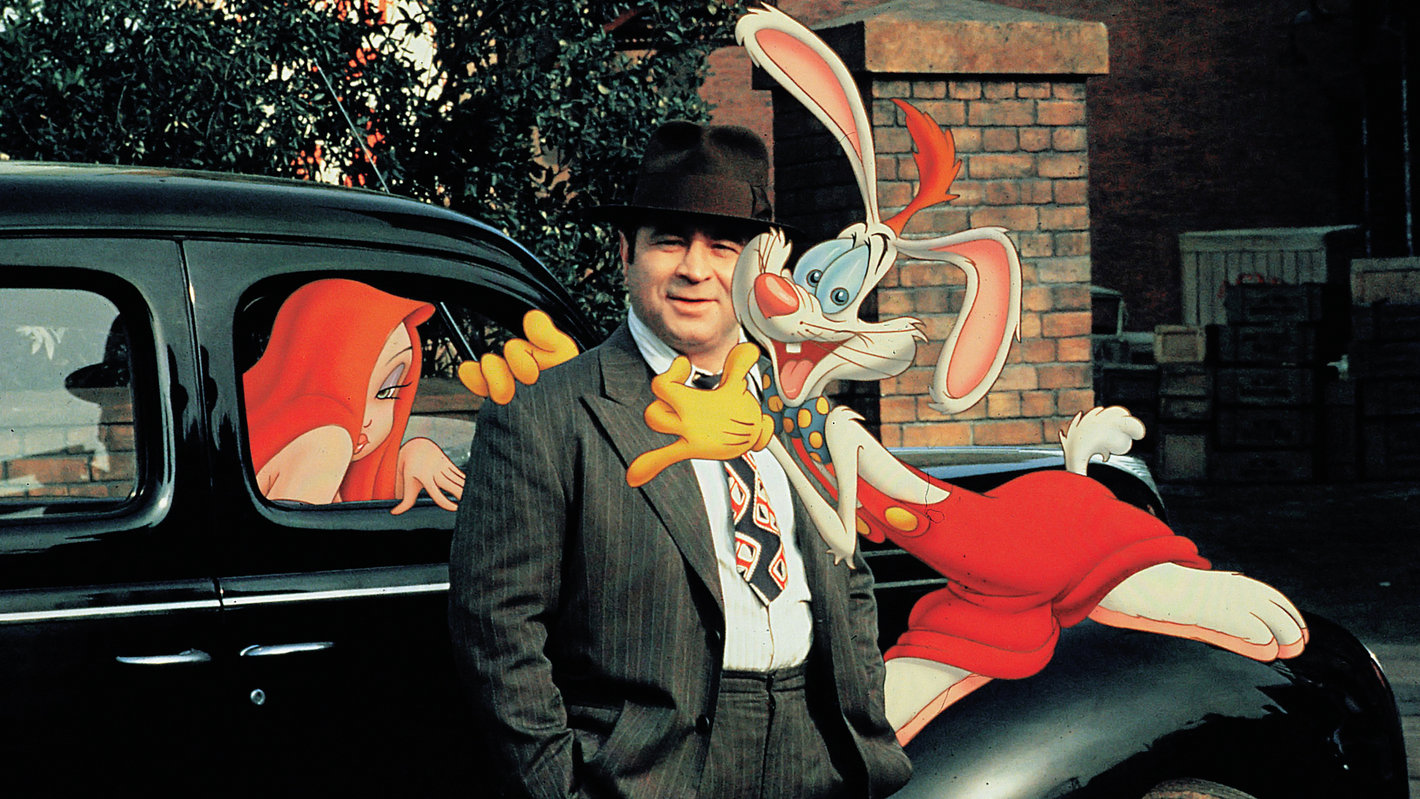
The Dark Side of Toontown Hidden Themes in Who Framed Roger Rabbit
When it comes to animated films, few can boast the unique charm and creativity of "Who Framed Roger Rabbit." Released in 1988, this groundbreaking film not only blended live-action and animation but also introduced audiences to a vibrant world called Toontown. However, beneath its whimsical exterior lies a complex landscape filled with darker themes that reflect human emotions and societal issues. This blog post explores the hidden themes in Toontown, revealing the darker side of its vibrant characters and how they encapsulate deeper, more profound narratives.
The Struggles of the Toons
In "Who Framed Roger Rabbit," Toontown serves as a haven for animated characters, showcasing their colorful and often exaggerated personas. However, the film subtly alludes to the challenges faced by these characters in a world dominated by humans. From the persistent threat of “toon discrimination” to the struggles against a capitalist society that seeks to commercialize their essence, we start to see the dark undertones that underpin the playful facade of Toontown. The portrayal of Roger Rabbit and his fellow Toons who suffer from varying degrees of societal rejection speaks volumes about the broader issues of acceptance and tolerance in our own world.
Violence and Exploitation
Another underlying theme in "Who Framed Roger Rabbit" is the violence that underpins the world of Toontown. Even though the film is marketed as family-friendly, instances of violence against Toons highlight the fragility of their existence. The sinister figure of Judge Doom epitomizes the threat posed by those who seek to exploit and eradicate the animated characters for profit. His vile plan to destroy Toontown and pave the way for a more utilitarian infrastructure mirrors real-world scenarios where industries and communities face exploitation. The film serves as a reminder that underneath the laughter and absurdity, there are stark realities that must be confronted, reflecting society's darker impulses.
The Consequences of Corruption
The criminal undertones of "Who Framed Roger Rabbit" also contribute to the film's darker themes. The narrative showcases corruption not just in the figure of Judge Doom, but also within the various establishments that pepper Toontown. We see how the ties between corporate interests and moral decay impact not only Toons but also the human characters, such as Eddie Valiant. Valiant's personal struggles mirror the overarching narrative of betrayal and friendship, highlighting the price of loyalty in a corrupted world. This exploration encourages viewers to question the systems in place and their roles in perpetuating such darkness.
Merchandising the Madness
As audiences continue to be charmed by the animated antics of Roger Rabbit and his Toontown friends, the film has birthed an array of official merchandise that celebrates its legacy. "Who Framed Roger Rabbit Official Merch" takes on a dual role, offering fans collectibles and memorabilia that celebrate the whimsy and joy of the film, but also serving as a reminder of the complex themes it embodies. From t-shirts and figurines to art prints, these items represent the crossover between nostalgia and the darker elements of storytelling. They invite fans to reflect on the duality of entertainment, allowing them to cherish the fun while delving into the more serious topics it raises.
Ultimately, "Who Framed Roger Rabbit" remains a cinematic gem that continues to captivate audiences, both for its artistic innovation and its rich narrative layers. While Toontown seems like a delightful escape, it encourages viewers to engage with deeper social issues, reminding us that even the most colorful characters can be shrouded in darkness. As we celebrate this classic, let us also acknowledge the significance of its hidden themes, which offer a rich context for understanding the complexities of both animated and real worlds alike.
.png)








